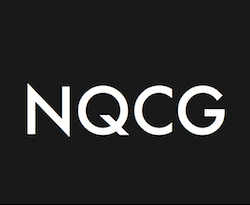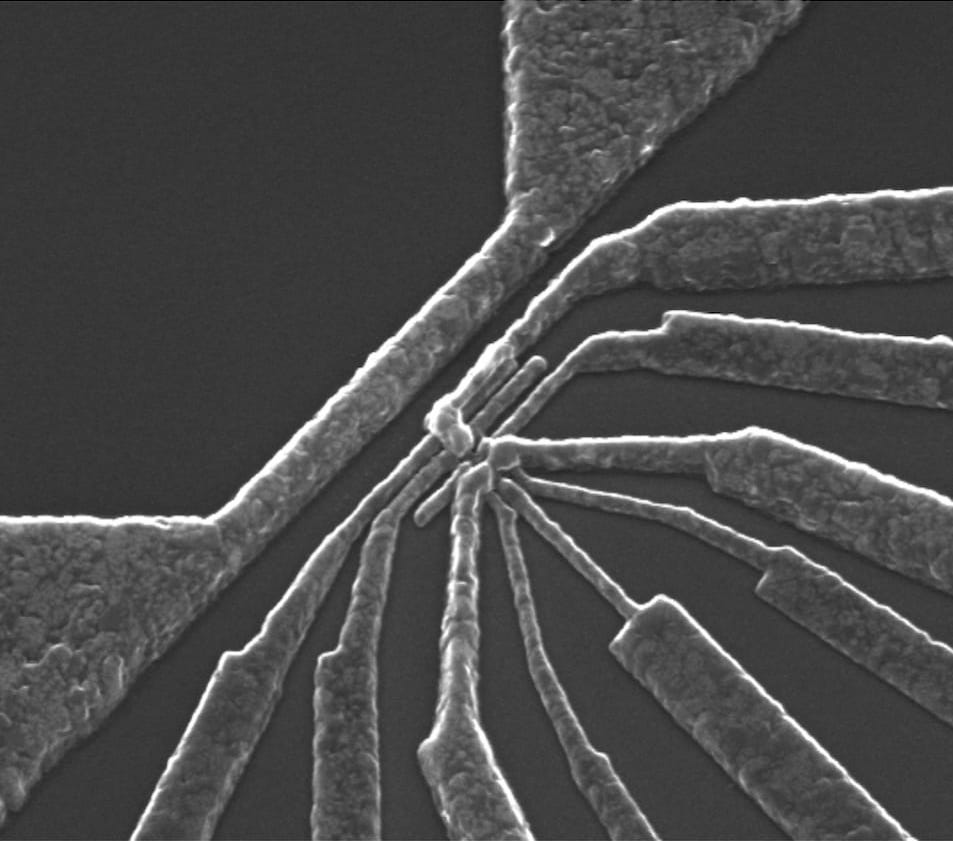CODATA-VAMAS Working Group on the Description of Nanomaterials meets in Paris at ICSU Headquarters
NQCG attended inaugural Core Team Working Meeting of CODATA-VAMAS Working Group on the Description of Nanomaterials convened in Paris at ICSU Headquarters May 30-31, 2013.
The Norwegian Academy of Science and Letters (DNVA) and NQCG continues its collaboration and participation in developing a Uniform Description System (UDS) for Materials on the Nano-scale.
The aim of the CODATA-VAMAS project is that the UDS will be such that it has widespread validity and use across the many disciplines and application areas involving such materials.
Real progress was made at this first Working Meeting of the Core Team in the CODATA-VAMAS Working Group on the Description of Nanomaterials:
Experts from ICSU, CODATA, VAMAS, the Scientific Unions IUNS, IUFOST, IUPAB, IUPHAR, IUCR, IUPAC, IUPESM, IUBMB, together with experts from the states of China, Norway, United States, Germany, Belgium, and representatives from the EU and from the Standards Developing Organizations committees for nanotechnology ISO TC 229, CEN TC 352 and IEC TC 113 met to review the first version Draft UDS.
At the Working Meeting, all attendees were given the opportunity to talk for ten minutes to discuss the following questions:
-
Does the Framework make sense from your perspective and the perspective of your discipline? By that we mean, do the information categories and subcategories allow for inclusion of all the descriptors that you would use to describe a nanomaterial?
-
What additional subcategories would you include, again from your own perspective and from the perspective of your discipline? Would you exclude or propose alternative subcategories for the ones proposed?
-
We recognize that it is difficult to have a uniform description system without some degree of redundancy across both categories and subcategories. Are there redundancies across either that you recommend eliminating? How would you propose this be accomplished?
-
Many of you or your colleagues are working on your own approach to describing various aspects of nanomaterials. The Framework is intended to enable existing or new approaches to fit in modularly. If you are working on an approach, does it fit within the Framework, or if not, why not? Be expansive.
-
In the draft Framework, we have – hopefully without being overly presumptuous – attempted to cover the following disciplines in the initial set of information categories, subcategories, and descriptors.
Crystallography Environmental science Toxicology Biomedical science Chemistry Food science and technology Physics Nutrition science Electronics and Photonics Pharmacology Materials science -
Are there other disciplines or application areas that should be covered by the UDS? Who within these disciplines or application areas that should be consulted to further build the UDS?
To review the steps being taken toward the development of a UDS:
| 1. | At a workshop held in Paris in February 2012, a primary conclusion was that an international pre-standardization project was needed to develop multi-disciplinary, multi-use requirements of the data necessary to describe materials at the nano-scale. | * |
| 2. | Based on this recommendation, CODATA in partnership with the Versailles Project on Advanced Materials and Standards (VAMAS) initiated work to develop such a UDS. | * |
| 3. | CODATA and VAMAS have established a joint Working group comprising experts from many disciplines, especially as represented by international scientific unions, individual experts from industry, academia, and government, and representative of pre-standardization and standardization bodies. | * |
| 4. | A small team has prepared a Framework for a possible Uniform Description System, which is attached to this e-mail, and is the focus of this Paris working meeting. | * |
| 5. | The next step is the working meeting being held in Paris on May 30-31, 2013, to review and extend the Framework prior to a broader circulation. Attendees at this working meeting represent many international scientific unions, numerous countries, and different organizations. | * |
| 6. | Following the Paris working meeting, the Framework will be revised and extended to produce, as completely as possible, a draft UDS. | |
| 7. | The draft UDS will be widely circulated to the entire CODATA-VAMAS Working Group and other interested parties followed by a series of three regional workshops (North America, Europe, and Asia) to be convened beginning later in 2013 and early 2014. | |
| 8. | Following these workshops, the CODATA-VAMAS Working Group will complete its efforts and prepare a proposed Uniform Description System document that can be used by standards development organizations and others. |

 Image Courtesy A. Dzurak, University of New South Wales
Image Courtesy A. Dzurak, University of New South Wales